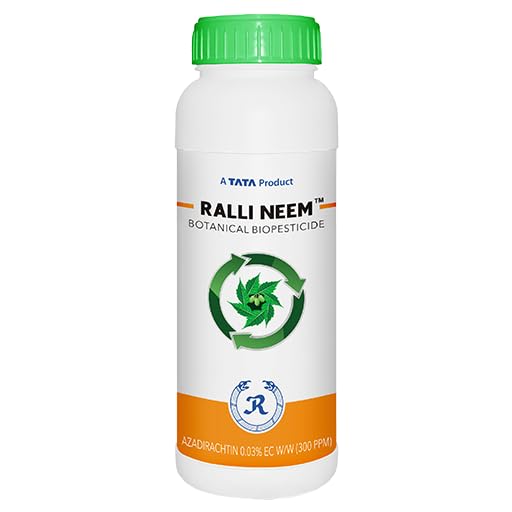
Plants Fight Back: Natural Defenses Against Insects
Share
Unveiling the Hidden Arsenal of Plants
Many farmers believe that plants are helpless victims of insect attacks, leading to the indiscriminate use of pesticides. However, the truth is far more fascinating! Plants possess a remarkable array of natural defenses that deter and even harm insects, reducing the need for chemical interventions. By understanding these mechanisms, farmers can play a complementary role in pest management, fostering a healthier ecosystem and reducing reliance on pesticides.
Nature's Masterpieces: Three Key Defense Mechanisms
- Antixenosis: Making the Plant Unappealing
Imagine a plant covered in tiny, sticky hairs or emitting an unpleasant odor. This is the essence of antixenosis - making the plant unattractive to insects. Some plants have developed physical barriers, such as thick, waxy leaves or tough, hairy surfaces, that insects find difficult to penetrate. Others produce chemicals that repel or confuse insects, disrupting their ability to locate and feed on the plant.
- Antibiosis: Turning the Tables on Insects
Some plants take defense to the next level with antibiosis - actively harming insects that dare to feed on them. These plants produce toxins or other substances that disrupt an insect's growth, development, or reproduction, ultimately reducing their population. In some cases, insects may even die after consuming these plants.
- Tolerance: Bouncing Back from Attack
Even when attacked, some plants exhibit remarkable resilience. Tolerance allows plants to withstand insect damage and continue to thrive. They may compensate for lost tissue by growing new leaves or stems, or they may redirect resources to undamaged areas. This ability to bounce back limits the impact of insect feeding and ensures continued crop yield.
Empowering Farmers: A Call to Action
By recognizing and appreciating the natural defenses of plants, farmers can adopt a more holistic approach to pest management. Here's how:
- Observation is Key: Take the time to observe your crops closely. Look for signs of insect damage, but also notice any natural defenses that your plants are exhibiting. Are there sticky hairs, tough leaves, or unusual colors that might be deterring insects?
- Choose Wisely: Select crop varieties known for their natural resistance to pests. This can significantly reduce the need for pesticides while promoting a healthier ecosystem.
- Diversity is Strength: Cultivate a variety of crops in your fields. This creates a more balanced environment, making it harder for pests to establish themselves and thrive.
- Nature's Helpers: Encourage beneficial insects, such as ladybugs and lacewings, that prey on pests. These natural enemies can be powerful allies in your fight against insect damage.
The Future of Farming: A Partnership with Nature
By harnessing the power of plant defenses and working in harmony with nature, farmers can create a more sustainable and productive agricultural system. This approach benefits not only the environment but also the health and well-being of farmers and consumers alike.
Remember, the next time you see an insect on your crops, take a moment to appreciate the intricate battle taking place. Your plants are fighting back, and with your support, they can win.















